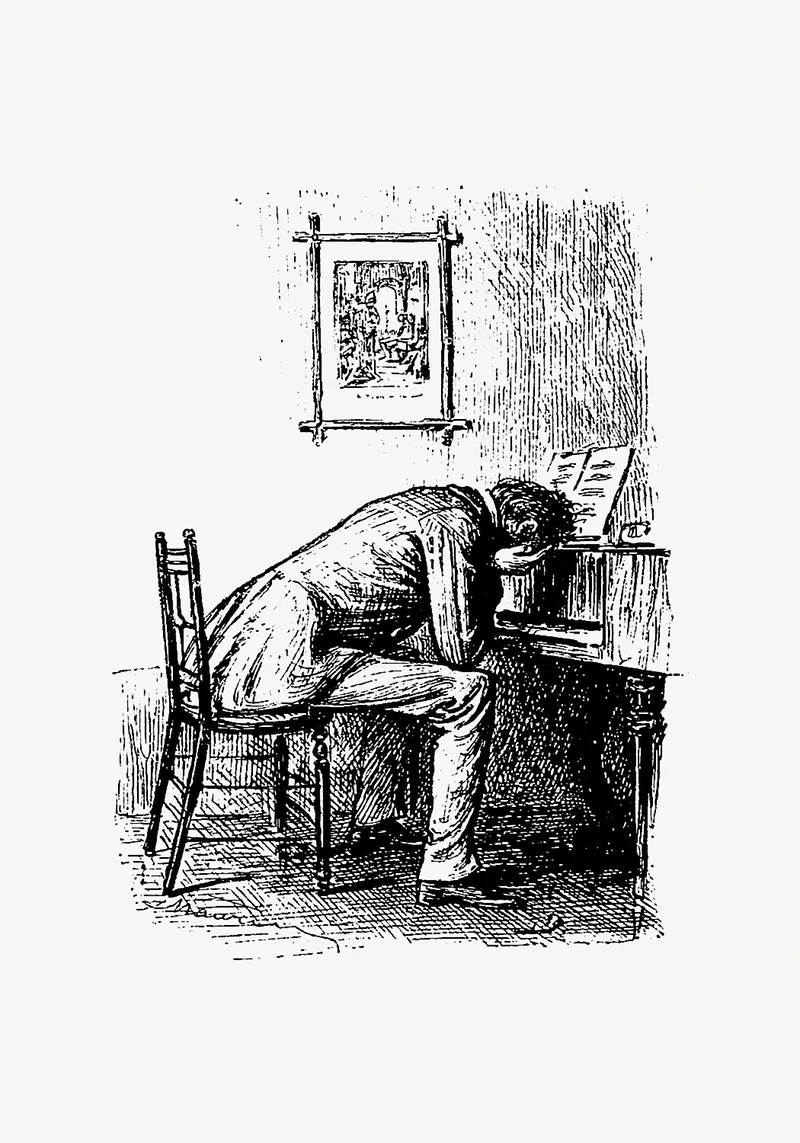The Power of Connection: Suicide Prevention on Campus
December 3, 2022
Feelings of hopeless and thoughts of suicide can touch anyone. According to the Center for Disease Control and Prevention (CDC), suicide is currently the second leading cause of death among college students. The Healthy Minds Survey found that 14% of college students admit they had seriously considered suicide in the past year a figure that has doubled in the past decade. Since that figure just considers those that answered the survey chances are that figure is higher. Perhaps someone you know is silently struggling, trying to make it through the day push those thoughts aside. This is hope and there is help.
Although suicide can affect anyone, there are risk factors that make the likelihood increase. Childhood trauma, a mental health or substance abuse disorder, a family history of violence or abuse and stress are all contribute to an increased risk for suicide. Members of the LGBTQ+ community as well as African Americans also have greater risk of suicide. Being aware of the statistics alone means that you likely know someone who is suffering with suicidal thoughts. Knowing the warning signs is one way to help address this problem on your campus and community.
Some of the warning signs of suicide may include talking about wanting to die, searching for ways to commit suicide, talking about feelings of hopelessness, feeling trapped, or feeling like a burden to others. There may also be warning signs that are more subtle like sleeping too much or too little, reckless behavior, anxiety or agitation, increased alcohol, or drug use, or withdrawing or isolating.
If you are concerned that someone may be considering suicide, how can you help? Assist them in getting help from a mental health professional. The 988 Suicide & Crisis Lifeline is available 24/7 by either text, online chat or telephone. The previous Lifeline number (1-800-273-8255) will always remain active but calling or texting 988 will also connect to the suicide Lifeline. Millikin University provides counseling to all students. Help them set up an appointment and even walk them to their session if they wish. If you think they are in immediate danger, call 911. Remove all objects that could be used in an attempt.
Listen and don’t judge. Let them talk about their feelings and try to minimize their emotions. Never agree to keep suicide a secret. Instead, work with them to get help and support. Don’t leave them alone, stay with them or make sure they are in a safe place with another caring person until you can get additional help. Make sure to follow up with them after they have gotten immediate help for their crisis. The ongoing connection can help them feel supported. If you are worried about a friend but aren’t quite sure how to help, you can text START to 741741 or call 1-800-273-TALK (8255) and a trained counselor will help talk you through it.
College can be a stressful, difficult, and perhaps lonely time. Preexisting mental health conditions can be compounded by a new environment, loss of support system, stress of classes, deadlines, new expectations and perhaps loneliness. When these stressors and life events feel out of control, added expectations and pressure may lead to feelings of hopelessness. According to the Healthy Minds Network, over half of college students report that in the past year they have felt so stressed out that they couldn’t function, over half. If most college students are feeling this way, start talking about it. Just connecting with other students can be a great step toward feeling better. Taking that first step is difficult and awkward but seize the awkward reach out. “Hey, I noticed you haven’t seemed like yourself lately. What’s up?” or “Hey, you seem frustrated. Want hug? Or a chat?” You never know that awkward moment may make all the difference.
Resources:
Call or text 988
https://millikin.edu/health/counseling
https://www.bethe1to.com/bethe1to-steps-evidence/
https://www.mentalhealthishealth.us/
References
Healthy Minds Network (2020). Healthy Minds Study among colleges and universities (Fall 2020). [Data set]. Healthy Minds Network. https://healthymindsnetwork.org/research/data-for-researchers/
Substance Abuse and Mental Health Services Administration. (2022). Help prevent suicide. https://www.samhsa.gov/suicide/at-risk
